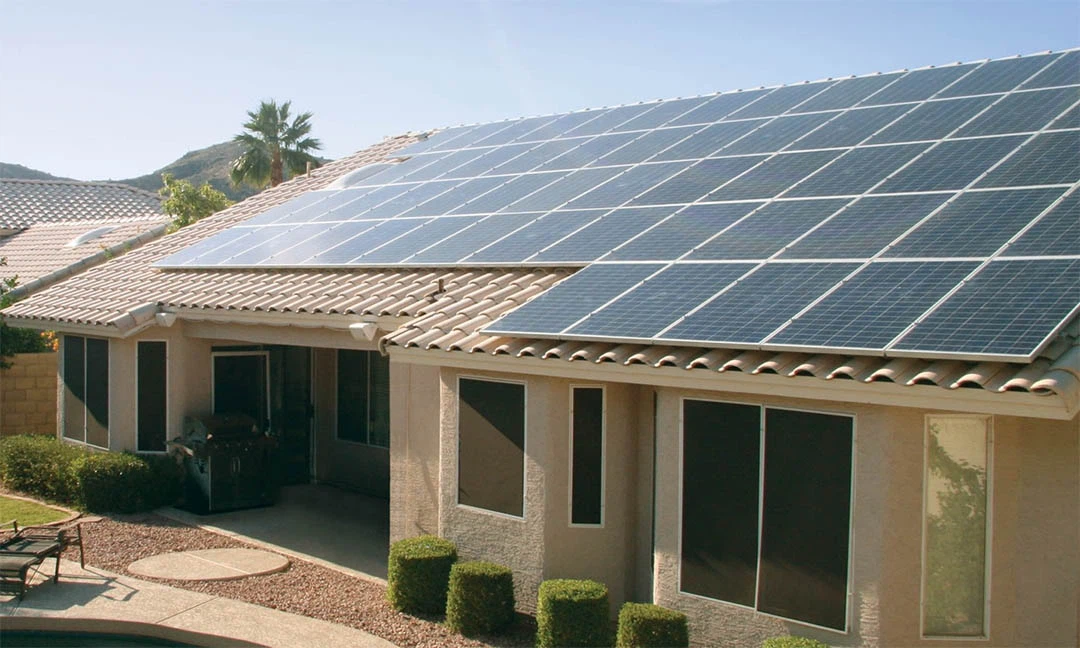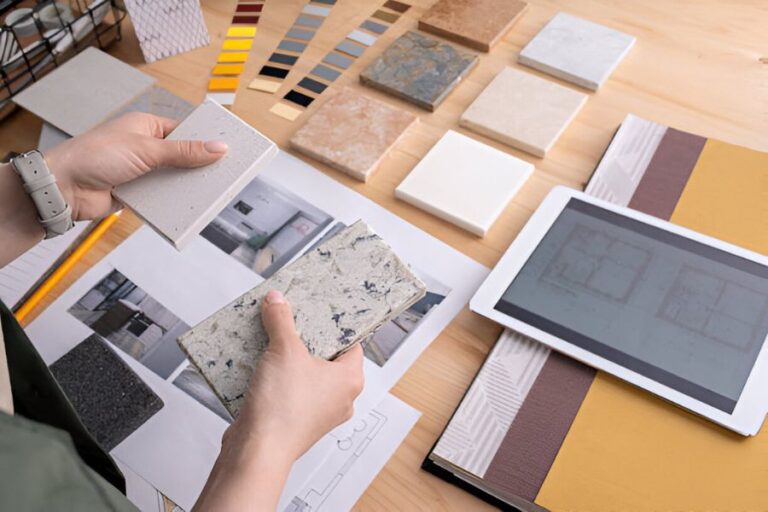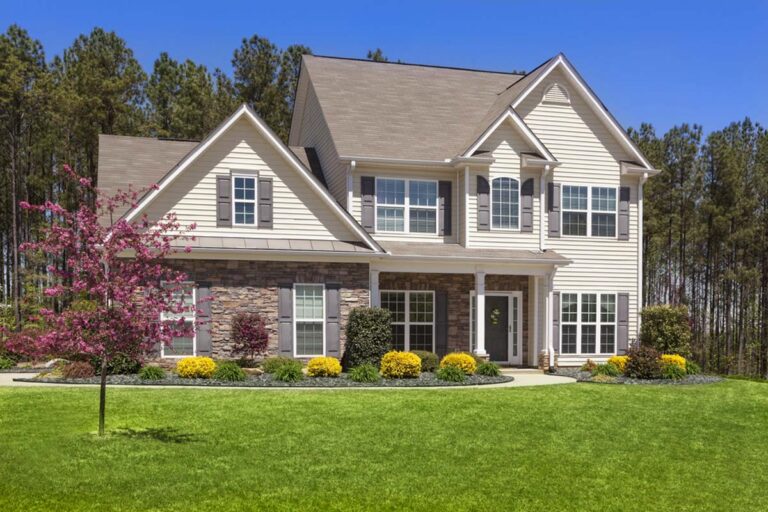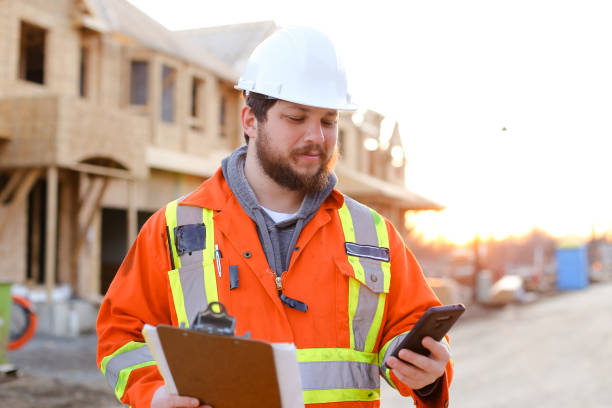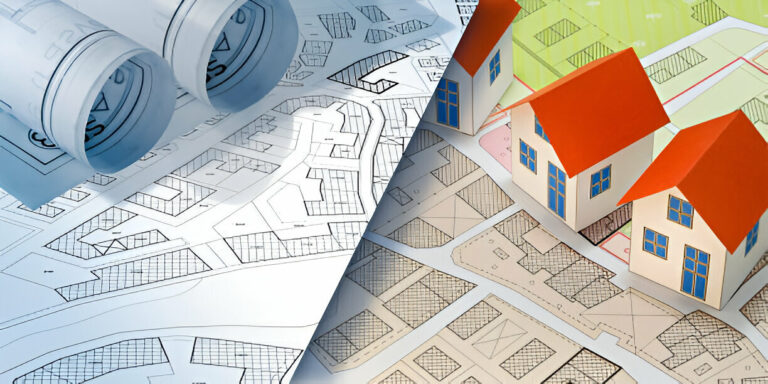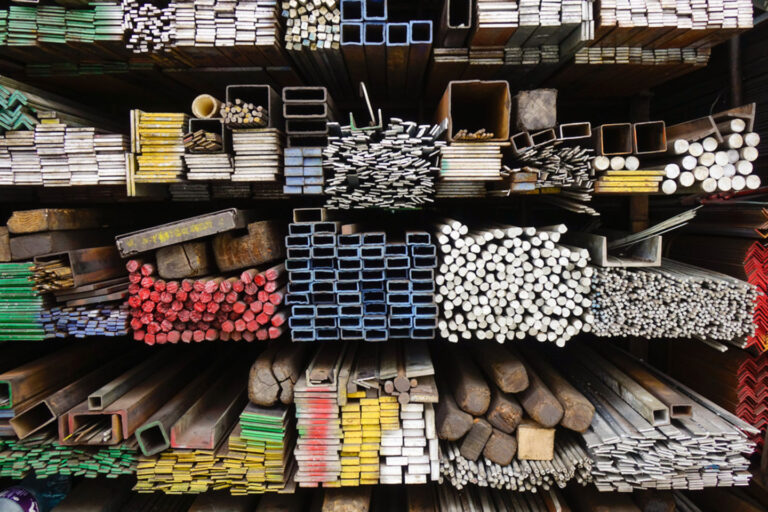The True Cost of Eco-Friendly Home Features: ROI Analysis
Investing in eco-friendly home features like energy-efficient appliances, solar panels, or sustainable insulation considerably boosts your home’s value and slashes your utility bills. Initially, the price tag might seem steep, but with federal rebates and state incentives, you’ll see that the costs can be drastically reduced. For instance, solar panels might break even in as little as five years, and energy-efficient appliances not only lower power consumption but also enhance the reliability of your local power grid. In addition, these upgrades make your home more attractive to potential buyers, promising a higher resale value. There’s much to gain from understanding the full scope of these benefits.
Understanding Eco-Friendly Investments
In today’s world, investing in eco-friendly home features isn’t just about reducing your carbon footprint—it’s also a savvy financial decision. You’re not only safeguarding the planet but boosting the value of your home. Think about insulation, energy-efficient windows, and high-efficiency heating systems. These upgrades can greatly lower energy bills, making them a smart move for your wallet and well-being.
Upgrading to eco-friendly appliances like refrigerators, washers, and dryers that meet the latest Energy Star standards also plays an essential role. They use less electricity and water, reducing strain on your monthly expenses and lessening the environmental load. More importantly, they provide the added safety of reduced emissions and fewer chemical releases into your home environment.
Eco-friendly materials like low-VOC paints and bamboo flooring are not only trendy but they’re healthier for you and your family. They minimize exposure to toxic chemicals, which is vital for maintaining a safe living space. By investing in these green features, you’re not only enhancing your home’s efficiency but also its safety, making it a more desirable place to live now and in the future.
Solar Panels: Costs Vs. Benefits
Switching to solar panels can transform how you power your home, offering considerable savings over time despite the initial investment. Solar energy isn’t just environmentally friendly; it’s also a practical choice for enhancing your family’s safety and financial stability. By locking in energy costs today, you’re protected against future increases in utility prices, a safety net against the unpredictable energy market.
The upfront cost of solar installation may seem steep, but federal and state incentives can greatly reduce these expenses. Plus, depending on your location, the payback period for these systems can be as short as five years. After that, you’re fundamentally generating free electricity. This isn’t just good for your wallet; it contributes to a sustainable future, reducing your household’s dependence on fossil fuels and decreasing your carbon footprint.
Moreover, solar panels increase your property value. Studies show that homes with solar installations sell faster and at higher prices than those without. You’ll not only enjoy reduced energy bills but potentially a greater return on investment if you decide to sell.
Energy-Efficient Appliances Analysis
Beyond solar panels, upgrading to energy-efficient appliances is another smart move for eco-conscious homeowners. You’re not just reducing your carbon footprint; you’re also enhancing the safety and efficiency of your home. Think about it: older appliances aren’t just energy hogs; they can be safety hazards due to outdated technology and wear and tear. By choosing modern, energy-efficient models, you’re investing in devices designed with the latest safety standards in mind.
Energy-efficient appliances, such as refrigerators, washing machines, and dishwashers, consume considerably less electricity and water. This reduction in usage doesn’t just lower your utility bills—it also lessens the strain on your local power grid and water supply, contributing to a more stable and reliable service. Over time, the savings on your energy and water bills can offset the initial higher purchase price of these appliances.
Moreover, many governments offer rebates and incentives for purchasing energy-efficient appliances, which can further reduce your upfront costs. By taking advantage of these programs, you’re not only making your home safer and more sustainable but also saving money. Remember, investing in energy efficiency is not just about being green—it’s about being smart and safe.
Sustainable Insulation ROI
Upgrading your home’s insulation to sustainable materials offers a considerable return on investment by slashing energy costs and enhancing indoor comfort. When you choose eco-friendly insulation options like sheep’s wool, recycled cotton, or cellulose, you’re not just cutting down on utility bills; you’re also creating a safer, toxin-free environment for your family. These materials are low in volatile organic compounds (VOCs) and often have superior fire-resistant qualities compared to traditional fiberglass.
Investing in sustainable insulation means you’re betting on materials that keep your home warmer in the winter and cooler in the summer. This efficiency reduces the strain on your heating and cooling systems, leading to less maintenance and longer lifespan for these costly appliances. Furthermore, the enhanced thermal regulation contributes to a consistent indoor climate, preventing the typical hot and cold spots that plague poorly insulated homes.
Financially, the initial cost might be higher, but the savings on energy bills can recoup your investment within a few years. Plus, if you’re planning to sell, green upgrades are a powerful selling point. Many potential buyers prioritize energy-efficient, safe, and environmentally friendly homes, potentially increasing your property’s market value considerably.
Water-Saving Features Financial Impact
Just as sustainable insulation can greatly reduce your energy costs, incorporating water-saving features in your home can also yield considerable financial benefits. By installing low-flow faucets, toilets, and showerheads, you’re not just conserving water; you’re also lowering your monthly utility bills. These features typically use markedly less water than standard fixtures, which means every flush, every shower, and every time you turn on the tap costs you less.
Consider this: a low-flow showerhead can save up to 2,900 gallons of water per year. When you factor in the reduced need for heating this water, the savings on your energy bill can be quite impressive. Similarly, modern dual-flush toilets adjust the water volume used per flush, making them up to 30% more efficient than older models. This adjustment can translate into noticeable savings over time.
Moreover, many local governments offer rebates and incentives for homeowners who choose to install water-efficient systems, reducing your initial investment cost. This isn’t just about saving money; it’s also about ensuring the safety and sustainability of your local water supply. By taking these steps, you’re not only safeguarding your wallet but also contributing to a larger environmental cause.

